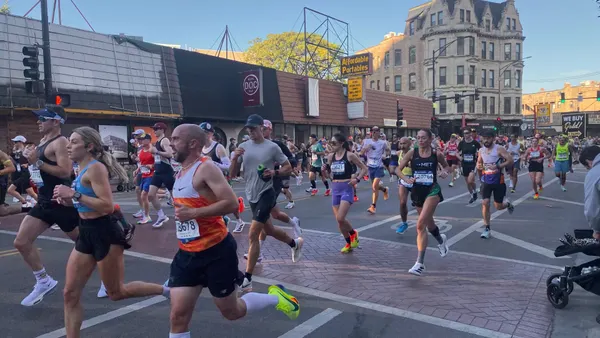Marketing analytics work. Just ask Justin Bowen, ecommerce manager for The Great American Home Store, a 5-outlet furniture retailer covering a 200-mile radius around the Greater Memphis, Tennessee-area. He and the business have been using the LeadsRx multi-touch attribution (MTA) solution for a couple of years now. Bowen uses analytics data to measure the business’ marketing effectiveness – from its TV and radio ads to paid digital to organic search, social media ads, and more. Any touchpoint used to market the business – it gets measured.
Bowen and GAHS were the subject of a LeadsRx case study in 2021 in which he talked about how the business survived the 2020-21 pandemic by increasing its digital marketing efforts as its stores were shuttered when stay-at-home orders were enacted.
Attribution identified, pretty quickly and succinctly, that customer journeys for the furniture- buying public was changing, and already had changed. The company relied on traditional customer journeys – happening in its stores – but by embracing digital marketing and attribution, it also embraced a new customer journey that primarily took place online.
After much research on attribution companies and landing with LeadsRx, Bowen says he’s happy to be continually armed with the data he needs to do his job better, help the marketing department do its job more effectively, and help the business grow.
Data provides the big picture of marketing performance
“What the data tells us is where to make optimizations, and the big picture of how our entire marketing ecosystem is working together,” he said. “I no longer have to fight for budgets for different mediums; I can see how they all work together because we can see conversion paths.
“LeadsRx makes it very simple, and this previously would take us forever. So I can identify this many customer paths that have Facebook or Google in them, then based on different attribution methods, I can see who is bringing people in, who is bringing return customers, or maybe they lagged and Facebook got them back; then they went to Google to search.”
It’s impartial. No marketing channel, no device, no one TV or radio spot is given preferential treatment due to internal bias or perceived value of the marketing expense and revenue brought in.
“When management says, ‘what are we getting from this channel?’ it’s not solely its contribution to ROI you are seeing; it’s is it pushing people to the next space,” Bowen said. “We have 18 to 25 touchpoints for all of our customers, for all of our site visitors. We’re just well past this stage in the world of asking, ‘how is this one channel bringing in ROI.’ When you add channels, the combined effect of those channels is more effective than one independently.”
Another way Bowen puts it: “I resist the notion we obsess over one or two touchpoints. One may be underperforming, but some are overperforming, and they work together.”
Using data to measure new channels
Attribution data allows Bowen to experiment with new marketing channels and measure them, such as over-the-top (OTT) – streaming services like HBO Max viewed through a phone, laptop or other device not connected to a TV – and connected TV (CTV) – non-linear video delivered onto a TV screen, including through streaming devices and gaming consoles.
“We just do CTV right now,” he said in March. “We did a campaign starting last July and we are still running it. 16.8% of sales came from CTV during that time, but it was only 9% of our sales budget. We know that 70-74% of the Memphis DMA watches some kind of streaming, which was higher than I expected (due to Memphis being an older demographic).”
In addition to attribution data, the GAHS marketing team surveys customers to augment that data.
“We did a survey about favorite TV shows, then followed up with how they watched it,” Bowen said. “About 10% would DVR or time-shift it; the rest was even (45% watching live; 45% were streaming it); so with all the money we spend on TV broadcast (about half our budget), it’s maybe only reaching 60% of people.”
That’s valuable, actionable insight. Oh, in case you were wondering: the favorite TV shows of survey respondents: Yellowstone, 1883, Ozark, NCIS, and Law & Order.










